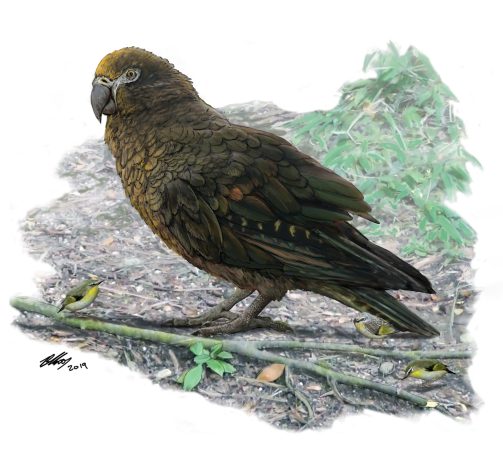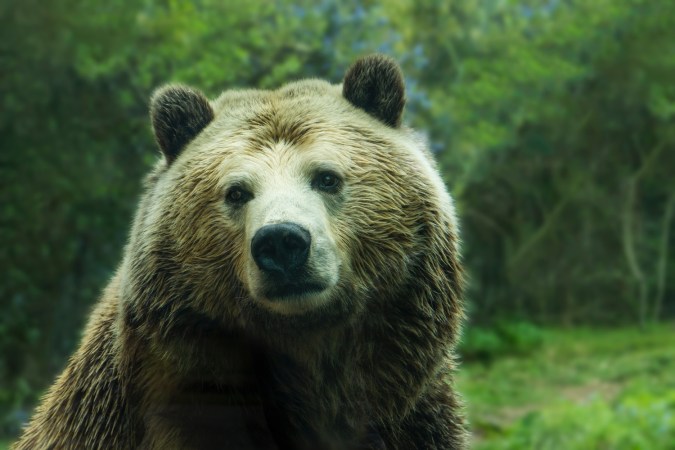

The label “parasite” might bring to mind images of hookworms, leeches, or ticks. However, the African cuckoo finch is a different kind of freeloader. These birds like to dump their parenting responsibilities onto other birds. They do so by mastering a clever trick: egg mimicry—deceiving other bird species to care for their young chicks by laying similar-looking eggs in nests.
This “social” or “brood” parasitic behavior is quite widespread in birds, says Claire Spottiswoode, professor at the University of Cambridge. In a study published on Monday in the Proceedings of the National Academy of Sciences, Spottiswoode and a team of researchers found information on the inheritance of egg mimicry genes.
“It’s actually evolved seven times independently in different groups of birds,” says Spottiswoode. “It’s a total of about 100 bird species, about 1 percent of all the world’s birds. It’s also evolved in quite a lot of insect species and in one fish.”
Cuckoo finches are not actually cuckoos, despite their name. The term refers to the shared behavior of egg mimicry with some cuckoo species, most notably the parasitic European cuckoo. The small, slender bird is an obligate parasite, meaning it relies on this behavior to survive. Different cuckoo finches target different species, too. Some lay blue eggs with brown specks to match the eggs of the red-faced cisticola, while others lay mottled pink eggs to match the zitting cisticola. If their eggs are accepted by the nesting bird, then the cuckoo finch does not need to expend the energy required to hatch an egg or care for the young.
[Related: Songbirds near the equator really are hotter, color-wise]
Michael Sorenson, a co-author of the study and professor at Boston University, describes the evolution of this trait as an “escalating arms race.” As cuckoo finches developed the ability to lay eggs that visually resembled the eggs of another species, the other species adapted to better identify and destroy imposter eggs. Over the last couple million years, every time the host birds improved at spotting imposter eggs, the cuckoo finches would enhance their mimicry abilities. This cycle is an example of the Red Queen hypothesis, named after the antagonist in the novel Through the Looking Glass, explains Sorenson.
“There’s a passage involving the Red Queen and Alice, hand in hand, running as fast as they can and not getting anywhere,” he says. “That’s basically the idea, is that hosts and parasites are continuing to evolve to try to beat the other, but ultimately, they never accomplish anything because they’re both in the race together.
Spottiswoode, who has been studying this evolutionary relationship in birds over the last decade, sought to prove that egg mimicry was an inherited trait. Nearly a century ago, geneticist Reginald Punnett theorized that the ability to mimic eggs was passed directly from mothers to daughters along a female chromosome, known as the maternal inheritance. The modern accessibility of genomic sequencing enabled researchers to finally prove this theory.
To conduct this study, the study authors worked with research collaborators, field assistants, and local farmers in Zambia in East Africa to collect nest observation data. They then processed the field reports and DNA samples from cuckoo finches to analyze the sequences.
“I think that’s an important point to add, that this is just very collaborative, and it wouldn’t have been possible without all these people, especially on the ground, because we basically had to find all these nests on farms,” says Wenfei Tong, an ornithologist and co-author of the study. “Without the permission of the farm owners and the help of a lot of the people who work in the farms, we just wouldn’t have had enough people, or we wouldn’t even have known exactly where to search. It’s quite a skill to find a lot of these nests.”
[Related: Parasitic birds like cuckoos seem to target victims who can’t see well]
While the study was able to supply more evidence that supports maternal inheritance in cuckoo finches through genetic data, the results also indicated that this pattern is perhaps a “double-edged sword” for the birds, says both Sorenson and Tong. Egg mimicry has become necessary for the birds, but the genetic inheritance through moms may be slowing the evolutionary arms race.
“In the process of being able to keep all these special signature adaptations…the cuckoo finches have, in a sense, put themselves in something of a potential evolutionary dead end,” says Tong. “For that particular strategy to work, it means that they lose the benefits of the evolution of sexual reproduction.”
When two parent species sexually reproduce and have offspring, that offspring has a mixture of chromosomes from both parents, producing new gene combinations and evolutionary abilities. This mixing of genes, or genetic recombination, helps increase genetic diversity of a species. But the genes for egg mimicry are passed along maternally, meaning that no genetic recombination can occur. In a race where the host bird species are evolving to better recognize imposter eggs, slower rates of genetic diversity may hinder the cuckoo finch.
“Maternal inheritance seems to hamper rapid evolution,” Spottiswoode says. “It has a downside, when you’re under selection to evolve very quickly, in an arms race with an enemy.”
Ultimately, Spottiswoode says that the results were gratifying in proving the original maternal inheritance hypothesis was correct. Future studies on the genetic evolution of birds will reveal more about the intricate behavior of egg mimicry.






























